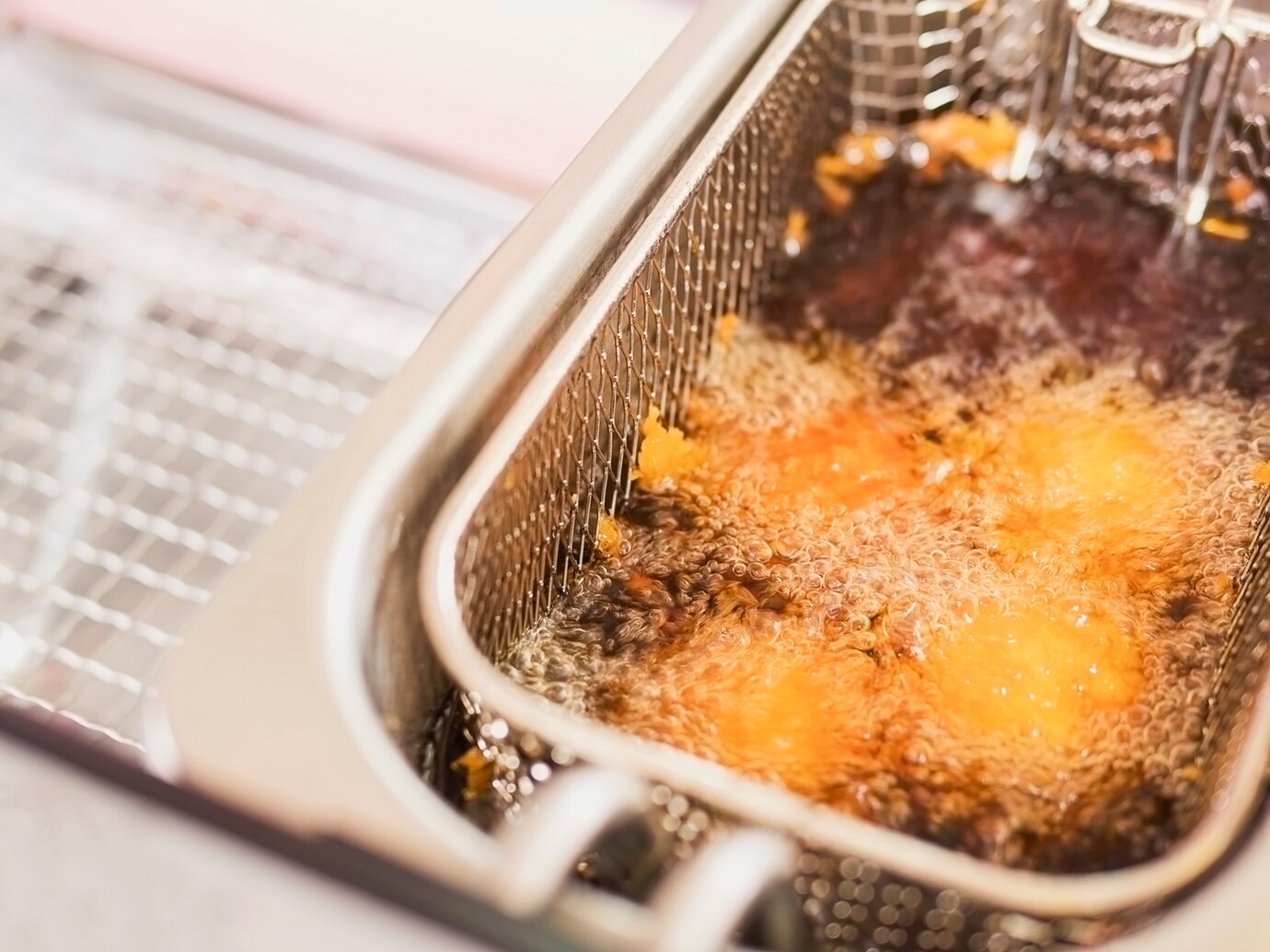In the bustling world of restaurants and commercial kitchens, cooking oil is an unsung hero. It fries, sautés, and flavors countless meals every day. But what happens to all that oil when it’s no longer usable? That’s where a cooking oil recycler steps in. Let’s take a behind-the-scenes look at a day in the life of a cooking oil recycler, uncovering the critical work that keeps kitchens running smoothly and contributes to a sustainable future.
Early Morning: Planning the Route
The day begins early for a cooking oil recycler. Before the first pickup, the team reviews the route and schedule. Routes are planned with efficiency in mind, ensuring timely service to restaurants and other businesses. Each stop on the list represents a kitchen that relies on proper disposal to stay compliant with local regulations and maintain a clean work environment.
Mid-Morning: The First Pickups
With the truck loaded and ready, it’s time to hit the road. At each stop, the recycler collects used cooking oil from designated containers. These containers are typically located in back alleys or storage areas to keep kitchens free of clutter. The recycler ensures that all containers are handled carefully to prevent spills and maintains a clean collection area.
Late Morning: Safety and Quality Checks
Safety is a top priority. Throughout the collection process, recyclers perform quality checks to ensure the oil is suitable for processing. This includes verifying that the oil is free from contaminants like water or food debris, which could complicate recycling. Proper handling and filtering at this stage set the foundation for efficient recycling.
Lunch Break: Refueling for the Afternoon
After a busy morning, it’s time for a well-earned lunch break. Many recyclers grab a quick bite from local eateries—often the same restaurants they service! This break is an opportunity to recharge and prepare for the second half of the day.
Afternoon: Partnering with Businesses
Beyond collecting oil, recyclers also spend time educating businesses about the benefits of proper disposal. They might meet with restaurant managers to discuss recycling best practices, offer tips on storing oil, or explain how their recycled oil contributes to renewable energy production. These conversations help foster strong partnerships and a shared commitment to sustainability.
Late Afternoon: Delivering the Goods
After completing all pickups, the recycler transports the collected oil to a processing facility. Here, the oil begins its transformation into renewable fuel. Delivering the oil to the facility marks the culmination of the day’s efforts and a vital step in reducing waste and promoting green energy.
Evening: Reflecting on the Day’s Impact
As the day winds down, the recycler takes a moment to reflect on their work. Every gallon of used cooking oil collected represents a win for the environment, preventing waste from ending up in landfills or clogging drains. Knowing that this effort contributes to renewable fuel production—powering vehicles and reducing reliance on fossil fuels—adds a sense of pride and purpose to the job.
Why It Matters
Cooking oil recycling might seem like a small part of the food industry, but its impact is enormous. By keeping used oil out of the waste stream and giving it a second life as renewable fuel, recyclers play a critical role in building a sustainable future. Restaurants benefit too, staying compliant with regulations and demonstrating their commitment to environmentally friendly practices.
If you own or manage a business that uses cooking oil, partnering with a recycling service is a simple but powerful way to make a difference. Together, we can turn kitchen waste into a valuable resource, one gallon at a time.


Leave A Comment